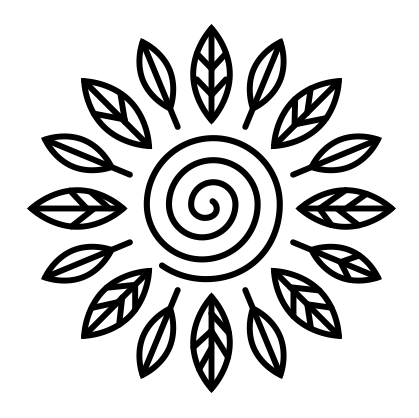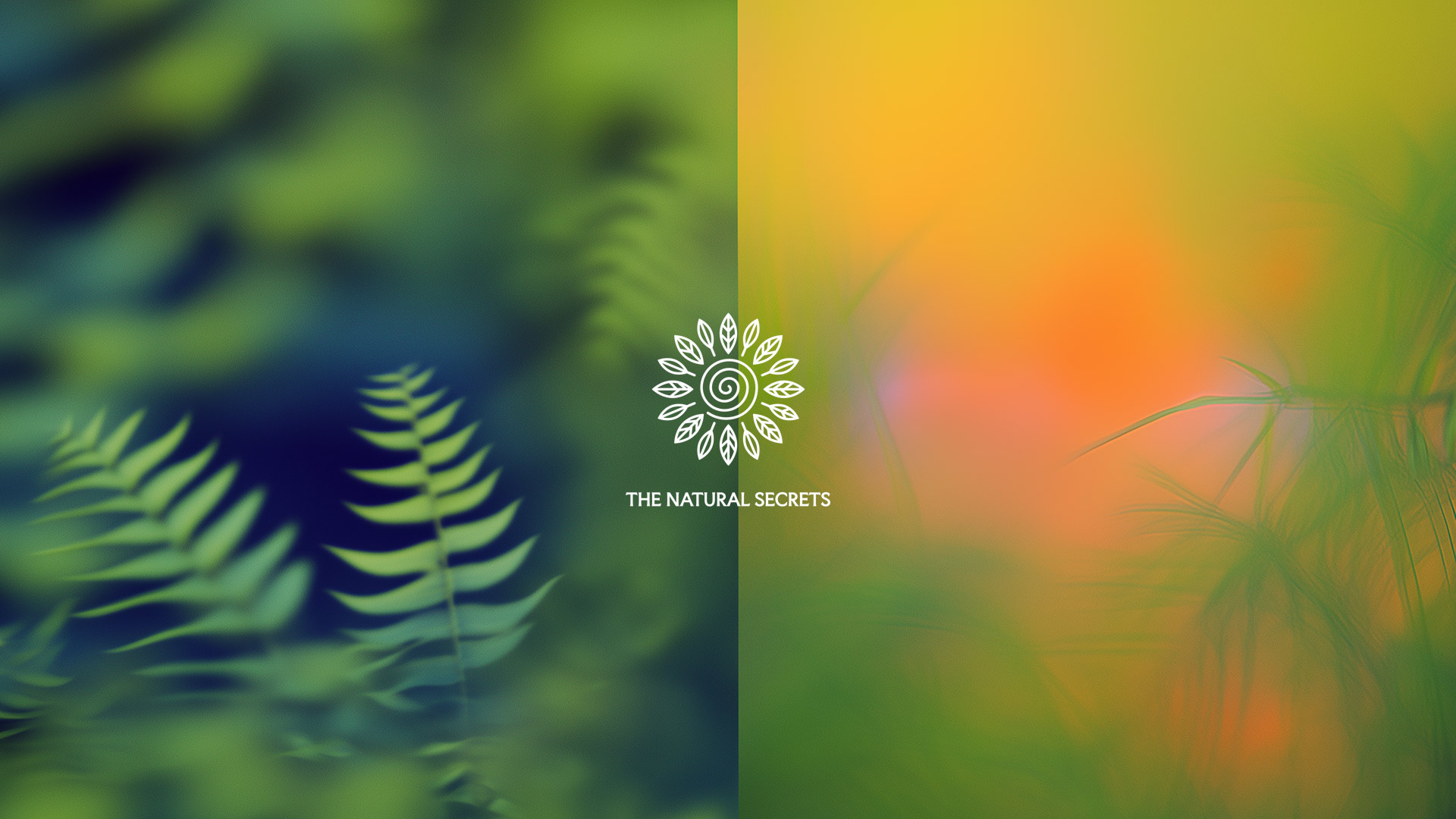Biohacking. It’s a term that’s gaining momentum in modern wellness circles. But beyond the gadgets, supplements, and the modern-day approach to optimizing health, biohacking has deep roots in ancient practices that predate technology and modern science. Long before fitness apps, supplements, and modern biohacking methods were created, humans were already experimenting with nature’s rhythms—breath, plants, the environment—to enhance their well-being and consciousness.
Biohacking, as we know it today, is often seen as a cutting-edge movement, but in truth, it’s simply humanity reconnecting with ancient wisdom in a modern context. Let’s look at how ancient traditions understood the concept of biohacking and how we are now rediscovering.
The Roots of Biohacking in Ancient Traditions
Over 5,000 years ago, Ayurvedic scholars in ancient India, such as Maharishi Charaka (often referred to as the father of Ayurveda), began to observe the intricate rhythms of nature and their impact on human physiology. This understanding gave rise to Ayurveda, the “science of life,” which remains one of the most comprehensive and holistic systems of medicine. Ayurveda is grounded in the belief that maintaining a harmonious relationship with nature, time, energy, and self-awareness is essential for well-being.
In Ayurveda, biohacking was not about using technology to alter the body, but about aligning with natural cycles. Practices like tongue scraping, circadian alignment (dinacharya), intermittent fasting, and using herbal neuro-enhancers like Brahmi, have been around for centuries—long before modern wellness practices ever took shape. Today, these ancient practices are being rediscovered and rebranded as biohacking tools.
Ayurveda teaches us that the real key to biohacking lies in preventative health, balance, and longevity. It shows us that optimizing health doesn’t come from fighting off disease—it comes from listening to the natural rhythms of life.
Traditional Chinese Medicine and the Flow of Qi
Thousands of years ago in China, Traditional Chinese Medicine (TCM) was being developed with a similar focus on balance and energy flow. The core philosophy of TCM revolves around Qi (pronounced “chi”), the vital life force that animates all matter, and the balance between Yin and Yang—the dual energies that sustain life.
TCM’s approach to biohacking is rooted in balance: between the heavens and the earth, the body and the environment. It wasn’t about isolating parts of the body, but about understanding how the body, mind, and spirit are all connected through the energy of the universe.
Through practices like acupuncture, Qi Gong, moxibustion, and the use of adaptogenic mushrooms such as Reishi and Cordyceps, TCM practitioners have long understood that energy flows are measurable, and our physical and mental health is deeply intertwined with the environment.
Modern science is only just catching up to this ancient wisdom. The biohacking community now emphasizes energy flow, neurogenesis, and mind-body coherence—concepts at the heart of TCM, which has been teaching us how to harness this energy for thousands of years.
Greek Medicine and the Bridge Between Spirit and Biology
In the Mediterranean, Hippocrates, often known as the father of Western medicine, laid the foundation for holistic health by teaching that wellness is not merely about fighting disease, but about living in harmony with nature. His famous words, “Let food be thy medicine,” are now echoed in modern-day biohacking practices focusing on nutrition and diet optimization.
Hippocrates’ teachings and his emphasis on self-observation laid the groundwork for the quantified self movement—a cornerstone of biohacking. Hippocrates understood that true healing is achieved when we restore harmony with nature, not just by treating illness. In fact, many of the practices we associate with biohacking today—such as fasting, seasonal detoxes, and biochemical individuality—were first introduced by ancient Greek physicians.
Sacred Medicine in Egypt: Healing Through the Cosmos
In ancient Egypt, health was viewed as more than just a physical state—it was a spiritual act of tuning the human system to cosmic order. Egyptian medicine intertwined with spiritual initiation. The priest healers used sound therapy, aromatics, light, and sacred geometry to align the body’s energy. Their knowledge of anatomy, surgery, and diagnosis was advanced for its time, and they even used plants like the blue lotus flower—which now contains apomorphine—for dream enhancement and sexual vitality.
This cosmic understanding of the body parallels modern biohacking’s focus on energy and frequency, demonstrating how vibrational medicine—a field of biohacking—was practiced thousands of years ago.
Shamanic Healing and Psychedelics: Modern Science Meets Ancient Wisdom
Across the world, indigenous cultures have been biohacking for centuries. Shamans used plants like ayahuasca, psilocybin, and iboga to access altered states of consciousness and promote healing. These psychedelic plants are now being studied for their neuroplastic effects, supporting neurogenesis, and helping to reset trauma pathways.
In the Himalayas, Tibetan monks practiced Tummo, an inner fire breathing technique that generated body heat in subzero conditions—verified by Western researchers to significantly raise peripheral temperature and brainwave activity. These monks had a deep understanding of breathwork, mental focus, and neurofeedback, all of which are core practices in modern biohacking.
The ancient mastery of these monks is now mirrored in modern biohacking practices like cold exposure, breathwork, and neurofeedback, showing us how long before the digital era, these biohacking practices were already optimizing human performance.
The Return to Nature: Biohacking in the Forest and Wilderness
The Druids of ancient Europe understood the healing power of nature. Their work with trees like oak, yew, and mistletoe for medicinal and energetic properties, as well as their practices of fasting and following the lunar rhythms, were early forms of biological self-regulation.
Today, forest bathing—spending time in nature—has been scientifically shown to lower cortisol levels, improve immune function, and enhance mood, confirming what the Druids knew. Nature itself is medicine. This return to nature is now considered one of the most powerful forms of biohacking.
Biohacking in the Modern Age: Blending Ancient Wisdom with Cutting-Edge Technology
Today’s biohacking movement blends ancient wisdom with modern technology. It focuses on key areas of personal well-being: nutrition, exercise, sleep, mental clarity, cognitive enhancement, and genetic optimization.
Modern biohackers now use wearables, neurofeedback, cold exposure (like the Wim Hof Method), and gene therapy to fine-tune their bodies and minds. Yet, the true essence of biohacking remains deeply rooted in ancient wisdom.
In fact, biohacking’s ultimate goal is the same as those ancient traditions: to live a life in harmony with nature, self, and soul.
Both the ancient practices and modern biohacking tools emphasize the need to live in tune with nature’s rhythms, and today’s biohackers are not only optimizing their bodies but are reconnecting with timeless wisdom. Biohacking is a journey of self-discovery and transformation, a journey that goes beyond optimizing physical health to one that includes mental, emotional, and spiritual well-being. It’s a journey that transcends time, from the ancients to the modern world.
🔬 Sources:
Ayurvedic Medicine – Sebastian Pole, 2012.
Payurveda: (W)here is the evidence –
https://pmc.ncbi.nlm.nih.gov/articles/PMC8185965/
Understanding Traditional Chinese Medicine Therapeutics: An Overview of the Basics and Clinical Applications. Traditional Chinese medicine (TCM) is a systematic healthcare system developed from clinical experience based on a scientific model of regulation. Luís Carlos Matos, Jorge Pereira Machado, Fernando Jorge Monteiro, Henry Johannes Greten. National Library of Medicine
Effects of 10-Day Complete Fasting on Physiological Homeostasis, Nutrition and Health Markers in Male Adults – Fasting shows great potential in preventing chronic diseases and has to be surmounted under some extraordinary circumstances. Zhongquan Dai, Hongyu Zhang, Feng Wu, Ying Chen, Chao Yang, Hailong Wang, Xiukun Sui, Yaxiu Guo, Bingmu Xin, Zhifeng Guo, Jianghui Xiong, Bin Wu, Yinghui Li. National Library of Medicine
Reishi and Cordyceps Benefits – Study: “Cordyceps as an Herbal Drug“
Source: National Center for Biotechnology Information (NCBI) . Summary: This comprehensive review discusses the bioactivities of Cordyceps, including its antitumor, immunomodulatory, antioxidant, and fatigue-reducing properties.
Healing Systems and Spirituality – Article: “Spirituality and Healing“
Source: Harvard Medical School. Summary: This article explores how spirituality and religion may both help and hinder health, highlighting the role of spiritual practices in healing.
The Blue Lotus Flower and its Uses – Article: “Blue Lotus Flower: Uses, Benefits, and Safety” Source: Healthline
Tummo and the Power of Breathwork – Neurocognitive and Somatic Components of Temperature Increases during g-Tummo Meditation: Legend and Reality. Source: PubMed Central. Maria Kozhevnikov , James Elliott, Jennifer Shephard, Klaus Gramann
Shamanic Practices for Healing and Wellness – Article: “Shamanism as a Healing Paradigm for Complementary Therapy” Abstract.
Source: ScienceDirect
Forest Bathing and Health – Medical empirical research on forest bathing (Shinrin-yoku): a systematic review. Source: Environmental Health and Preventive Medicine. Ye Wen, Qi Yan,
Yangliu Pan, Xinren Gu & Yuanqiu Liu 2019
Health care practices in ancient Greece: The Hippocratic ideal. Asclepius and Hippocrates focused medical practice on the natural approach and treatment of diseases, highlighting the importance of understanding the patient’s health, independence of mind, and the need for harmony between the individual, social and natural environment, as reflected in the Hippocratic Oath. Christos F Kleisiaris, Chrisanthos Sfakianakis, Ioanna V Papathanasiou. © 2014 Christos F. Kleisiaris et al.; licensee Tehran Univ. Med. Sci.
Also read:
The Body’s Forgotten Intelligence: Why Biological Rhythms Hold the Key to Healing.
How Self-Awareness Begins: Understanding the Biology of Awareness and Transformation


Leave a Reply